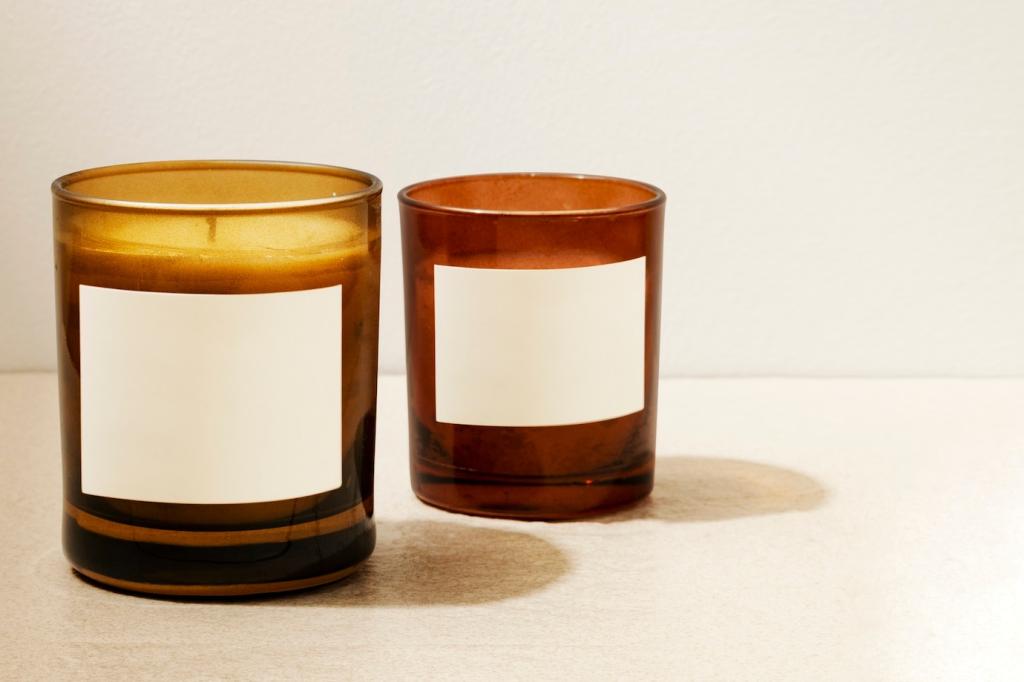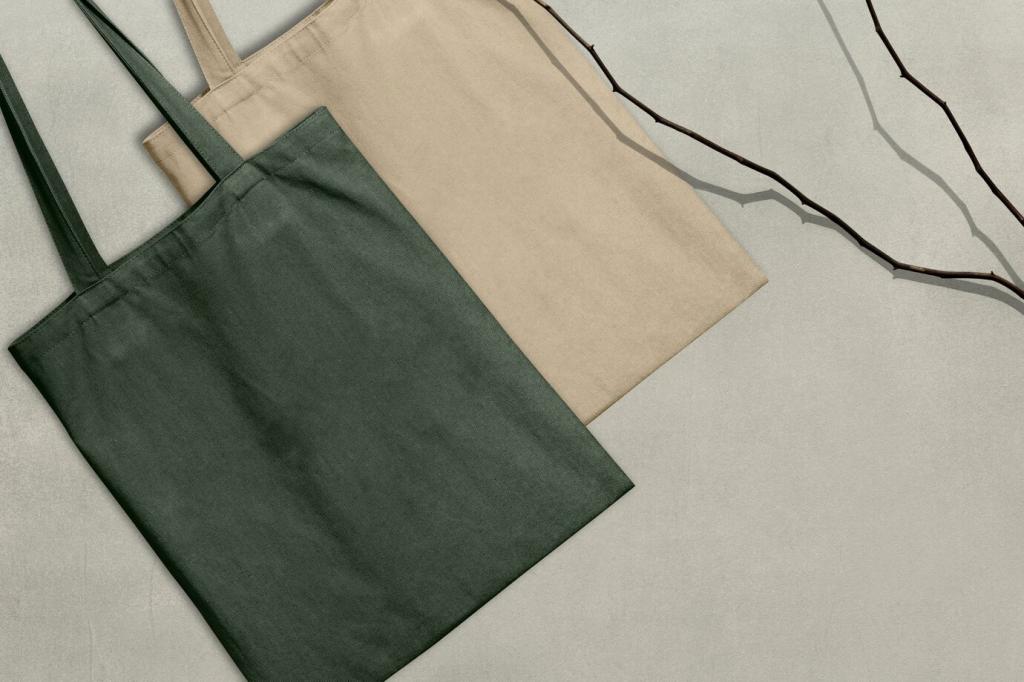Sustainable material selection is fundamental in shaping interiors that are not only visually appealing but also environmentally responsible. As modern design trends evolve, an increasing emphasis is placed on minimizing ecological impact through thoughtful material choices. By prioritizing sustainability, interior designers can create spaces that promote wellness, conserve resources, and positively influence occupant well-being for years to come.
Understanding Sustainable Materials
Lifecycle Impact
Assessing a material’s lifecycle involves evaluating its environmental impact at each stage—from sourcing and manufacturing to installation and eventual recycling or disposal. Materials with low lifecycle impacts are typically bio-based, rapidly renewable, or easily recyclable, reducing contributions to landfill waste and pollution. Designers and homeowners benefit from understanding these stages to make informed choices that extend beyond mere aesthetics. When opting for materials, considering embodied energy, emissions, and durability ensures that selections will lessen the interiors’ environmental footprint over their entire lifespan.
Certifications and Standards
Certifications serve as trustworthy indicators that a material meets recognized standards of sustainability and safety. Common certifications, such as FSC for wood or Cradle to Cradle for various building products, ensure that resources are harvested responsibly and that products can safely return to the earth. By choosing certified materials, designers can offer clients the confidence that their interiors support global efforts to protect people and the planet. Such verification also helps streamline product selection processes, making sustainable sourcing more transparent and verifiable.
Health and Indoor Air Quality
Materials greatly influence indoor air quality, impacting the health and comfort of occupants. Many traditional finishes and furnishings emit volatile organic compounds (VOCs) and other pollutants, compromising the air within a space. Sustainable material selection prioritizes low-emission products that are free from harmful chemicals and adhesives. This commitment enhances the wellbeing of residents or building users, fostering healthy environments that align with wellness-conscious modern lifestyles.

Recycled and Upcycled Materials
Reusing materials from previous products or projects significantly reduces waste streams and resource extraction. Modern interiors benefit from recycled metals, plastics, glass, and textiles, each offering unique aesthetics and robust performance. Upcycling—transforming waste into higher-value products—has led to creative uses of reclaimed wood or repurposed fabrics, adding character and narrative to interior spaces. These materials often tell a story, enriching spaces with layers of meaning while meeting environmental goals.

Bio-based and Renewable Materials
Materials derived from rapidly renewable sources, such as bamboo, cork, and natural fibers, are increasingly attractive for sustainable interiors. These options regrow quickly, often within a human lifespan, and typically require minimal processing. Bio-based materials are not only better for the planet but can also improve indoor air quality by resisting toxins and allergens. As technology advances, even plant-based composites are being engineered for enhanced durability and versatility, suitable for diverse applications ranging from flooring to cabinetry.

Smart and Adaptive Materials
Technological innovation has led to the emergence of smart materials with sustainability advantages. Examples include phase-change materials for thermal regulation, or responsive coatings that reduce energy demand in interiors. These adaptive materials support efficient building performance, aligning interior systems with occupant comfort and environmental efficiency. Integrating such materials contributes to reduced operating costs and a lighter ecological footprint, making them a strategic choice for future-thinking designers.
Choosing Materials for Performance and Aesthetics
The longevity of a material is a core aspect of sustainability, as durable choices minimize the need for frequent replacement and waste. Selecting materials that withstand wear, staining, or fading extends the lifespan of interiors, thereby reducing their overall environmental impact. Maintenance requirements also play a role—a low-maintenance material that can be easily cleaned or refinished without harsh chemicals supports both user convenience and green design goals. High-performance options mean interiors retain their quality and appearance for years.

